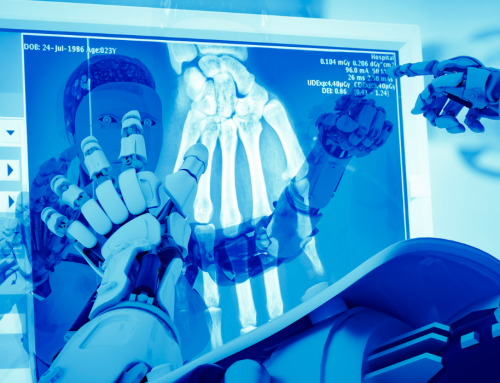When an organization is trying a new process or method to deliver improvement there are many variables to monitor. Like most things lean, observing people using the new tool or method is essential. It also is valuable to listen to what they say. When the lean coach hears someone say “this just doesn’t make sense to me” the caution light should turn on.
“You know it just defies common sense to mark a place for the stapler on my desk. Is this 5S thing just for show? Why don’t we spend time understanding why I have to change the schedule at least 4 times after locking it?”
“I tried the coaching checklist. It just doesn’t make common sense to me.”
“We go to this meeting, stand up for 30 minutes, and listen to the manager talk. Look, the open actions list has open tasks that have been posted for 3 months. Maybe we should work on that list instead of stand in this meeting.”
If a lean tool or method violates the common sense “sniff test” it is likely that something isn’t right. When you hear this from the people you coach or experience for yourself, stop and ask why (5 times if necessary). Understand the disconnect between the common sense voice in your gut and the lean method you are practicing. You may find that 1) the tool isn’t being applied correctly; 2) the tool is being applied without understanding the purpose clearly; or 3) it is simply the wrong tool for at the time or for the defined purpose.
Remember, lean is about thinking first, tools second. Usually lean applications fit with our common sense as we stand back and assess the benefit. Examples of this are:
· “It’s just common sense to have the tools where the work is done instead of walking 10 minutes to get them.”
Thinking: Principle 2, systematic elimination of waste; Rule 1 – structure every activity.
· “It makes sense to put the customer’s name on the cup at Starbucks. It keeps them from giving the customer the wrong coffee.”
Thinking: Principle 4, systematic problem solving; Rule 2 – clearly connect every customer and supplier.
· “Meeting for 10-15 minutes at the start of every day to check priorities, review potential barriers, and see results vs. goals is common sense.”
Thinking: Principle 3, establish high agreement of both what and how; Rule 3 – simplify and specify every flow path.
One last thought. Use of a new method is often uncomfortable if not hard and time consuming initially. Don’t confuse difficulty with the common sense connection. The way to make a new method provide the benefit and become easier is practice until you achieve the skill and consistency that is expected.




